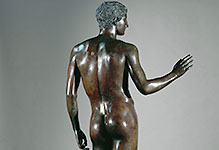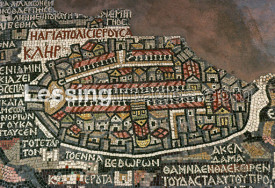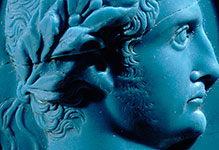
Antiquity
Ancient Egypt, Ancient Greece, Imperial Roman Period, Ancient Middle East.

#03010166
Coffin of Hor,22nd dynasty,around 850 BCE. The falcon-headed god Horus is shown...

#03010167
Coffin of Hor,22nd dynasty,around 850 BCE. The falcon-headed god Horus is shown...

#03010168
Faience amulet in the shape of an ankh, 25th dynasty to Late Period, about 700-...

#03010169
Head of a pharaoh,26th - 30th dynasty,around 600-340 BCE. The green siltstone b...

#030102 1
Ivory figure of a woman with incised features, from Badari, Egypt, Predynastic P...

#030102 2
Red granite block of Khufu (Cheops), Egyptian, 4th Dynasty, c2500 BC. Block bear...

#030102 4
Calcite headrest, Egyptian, Old Kingdom, c2350 BC. This headrest is quite simple...

#030102 5
Figure of a man with a hoe, from Assiut, Egypt, 6th Dynasty, c2250 BC. By the Ne...

#030102 6
Strip of decorated linen, from Egypt, New Kingdom or later, after 1550 BC. The t...

#030102 7
Linen bag of salt for mummification, Egyptian, New Kingdom, c1550-c1070 BC. In i...

#030102 8
Shrine stela of Ineny, Egyptian, late 18th Dynasty, c1350 BC. Shrine, presumably...

#030102 9
Gold cobra wearing the crown of Lower Egypt, Egyptian, Late Period, after 600 BC...





